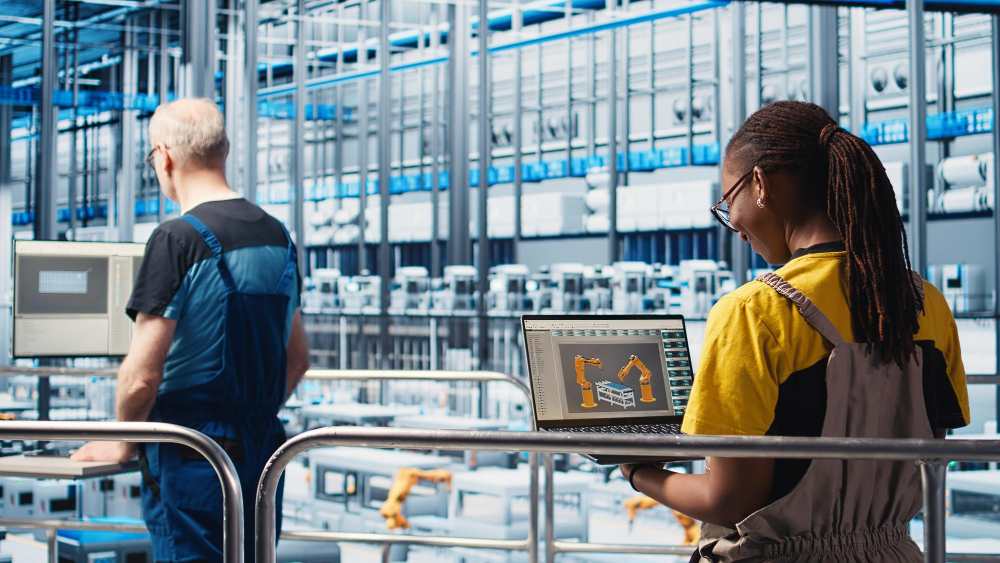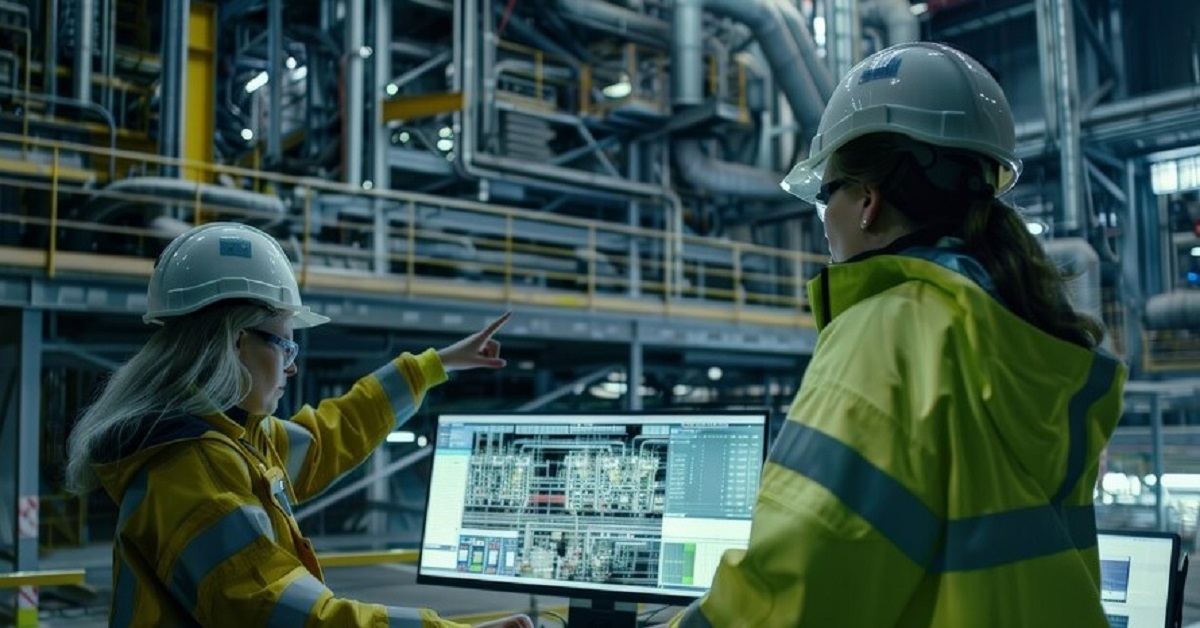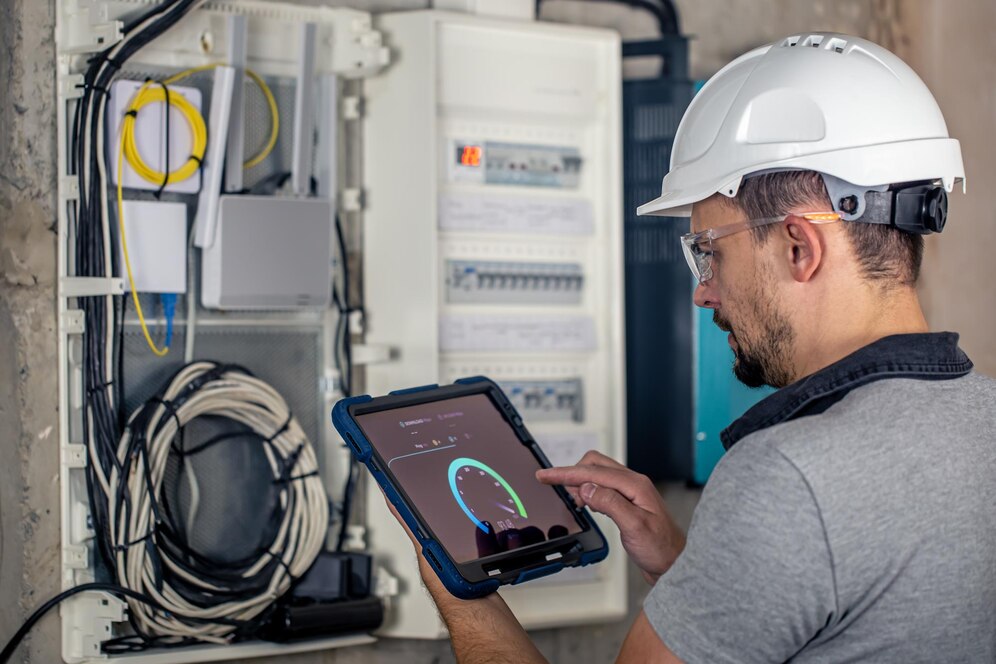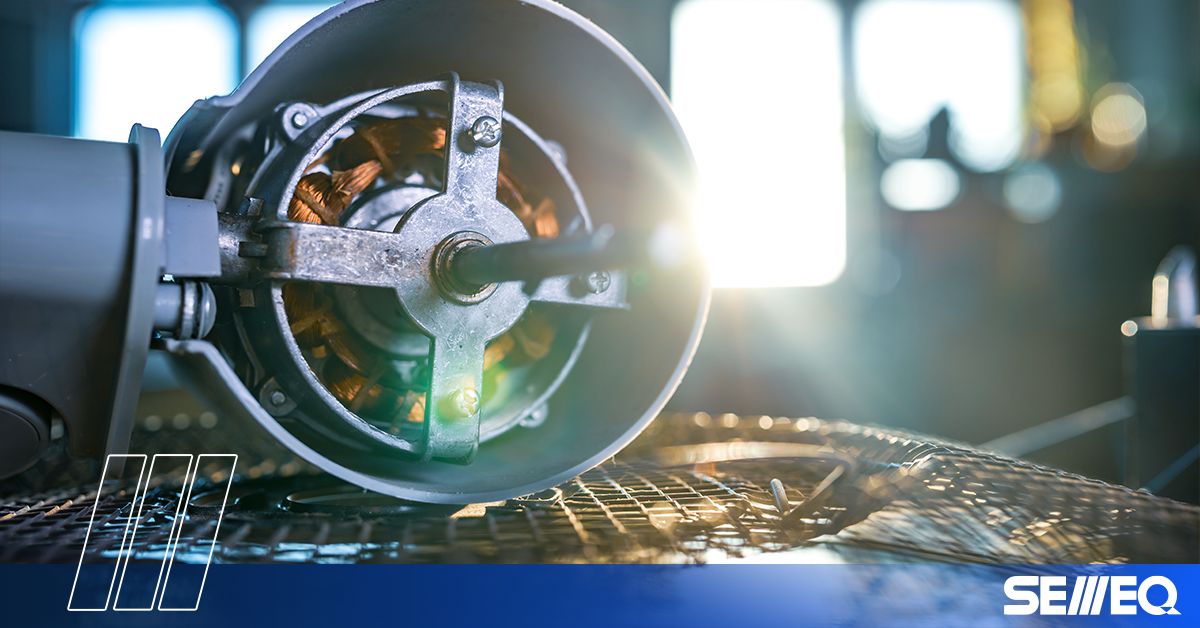In today’s fast-paced industrial world, high-temperature sensor monitoring has become an essential part of maintaining operational safety, performance, and reliability. Whether it’s in manufacturing, power generation, or aerospace engineering, temperature control is vital. Monitoring systems help detect heat-related issues before they escalate, ensuring equipment runs smoothly and safely. Let’s explore how high-temperature sensor monitoring works and why it plays such a crucial role across industries.
What is High-Temperature Sensor Monitoring?
High-temperature sensor monitoring refers to the use of specialized sensors to track and report temperatures in environments that operate under extreme heat. These sensors are designed to withstand and accurately measure temperatures that exceed the limits of standard sensors — often reaching up to 1000°C or more depending on the application.
These sensors can be built using thermocouples, resistance temperature detectors (RTDs), or infrared (IR) technologies. They are commonly found in furnaces, engines, turbines, kilns, and high-performance electronics, helping to maintain consistent operation and prevent overheating.
Why is High-Temperature Sensor Monitoring Important?
Industries that rely on high heat environments, such as metal processing, glass manufacturing, chemical plants, and even food processing, can’t afford to leave temperature control to chance. Here’s why high-temperature sensor monitoring is indispensable:
- Safety
Monitoring helps detect temperature spikes that could lead to fires, explosions, or equipment failure, protecting both personnel and assets. - Equipment Longevity
By keeping systems within safe operating temperatures, sensors help reduce wear and tear, extending the lifespan of machinery. - Process Control
Many industrial processes depend on maintaining specific temperature ranges. Continuous monitoring ensures that quality and productivity remain consistent. - Energy Efficiency
Real-time data from sensors can guide adjustments to reduce excessive energy consumption, leading to cost savings.
Applications of High-Temperature Sensor Monitoring
- Manufacturing Plants
Sensors monitor heat levels in furnaces, molds, and casting operations to ensure materials are processed under optimal conditions. - Aerospace and Automotive
Jet engines and car exhaust systems reach high temperatures. Monitoring ensures safety and performance during operation. - Power Generation
In nuclear and thermal plants, temperature control is mission-critical. Sensors provide early warnings of potential overheating. - Electronics and Semiconductors
Sensitive components are monitored to prevent thermal damage during fabrication and testing.
Features to Look for in High-Temperature Sensors
When choosing a high-temperature monitoring system, it’s important to consider:
- Accuracy and Range: Ensure the sensor can handle the specific temperature range of your environment.
- Response Time: Fast-responding sensors help catch issues before they become serious.
- Durability: Sensors should be built from materials that can withstand prolonged heat exposure.
- Integration Capabilities: Look for systems that integrate with your existing monitoring platforms or PLCs.
The Future of High-Temperature Monitoring
With the rise of IoT and Industry 4.0, high-temperature sensor monitoring is becoming smarter and more connected. Wireless sensors, cloud data logging, and predictive maintenance are transforming how industries manage heat. These advancements allow operators to analyze trends, schedule maintenance ahead of time, and reduce downtime — all while improving workplace safety.
Conclusion
High-temperature sensor monitoring is more than just a technical necessity — it’s a foundation for safer, more efficient, and more reliable operations. As industries continue to push the boundaries of technology and production, the role of accurate, real-time temperature monitoring will only grow. Investing in the right sensors today can protect your operations and provide valuable data insights for tomorrow.
If your business involves high-heat environments, now is the time to upgrade your monitoring systems and embrace smarter, more responsive technologies.




